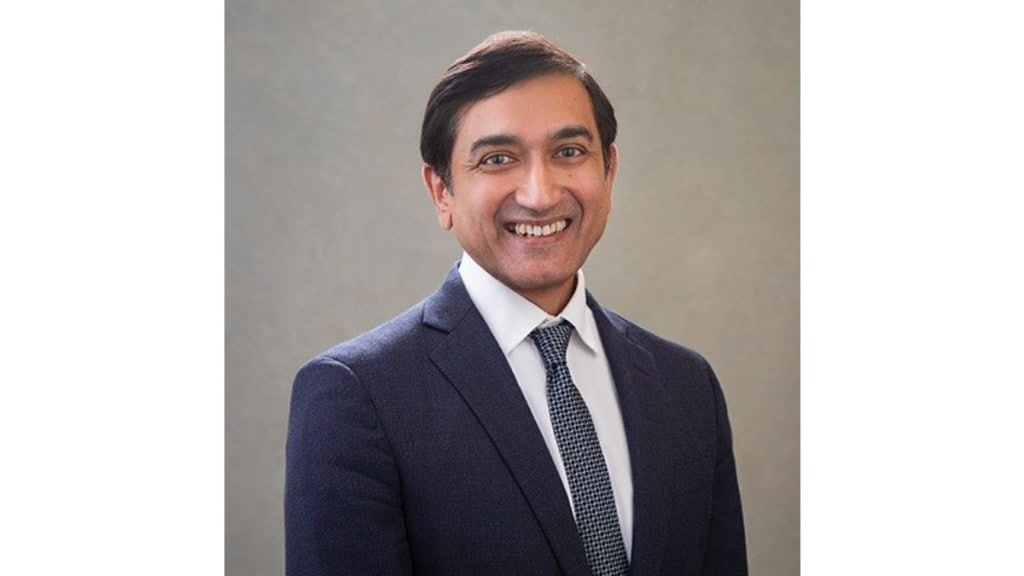Shailesh Jejurikar, Procter & Gamble’s incoming president & CEO, learnt important lessons in leadership as head boy of his school in Hyderabad in the early 1980s. Giving a patient ear to classmates and teachers as a senior prefect, leading by example rather than rules, and devoting time to both study and play (he was an avid cricketer as well as a bright student) were key takeaways that Jejurikar would apply later in life.
Who is Shailesh Jejurikar
As the IIM-Lucknow alumnus gears up to lead a 187-year-old American company — the first Asian and Indian to do so — he will need to draw upon his varied learnings. Jejurikar, whose world view has been shaped by degrees in liberal economics and management, is also among the few chief executives in America Inc, whose education has been entirely in India. His success, say industry executives, has been achieved by dint of hard work, curiosity and passion as he worked his way up the corporate ladder over 36 years in P&G. “When you unlock an insight with curiosity, the power to drive limitless growth is huge,” he said in a P&G Alumni Podcast in 2023.
The Cincinnati-based P&G is going through a difficult period at the moment as it navigates tariff-related uncertainties as well as slowdown concerns. On Tuesday, even as Jejurikar’s appointment was celebrated in his home country India, P&G said that it would need to raise prices on a quarter of the goods it sells in the United States, its largest market, starting August. That is expected to slow down sales even further for the global major, which cut its annual sales forecast for fiscal year 2026 to between 1% and 5% recently. The company projected earnings growth to be flat at 4% during the period.
New responsibility
In his new role, Jejurikar will have the tough task of steering P&G through the restructuring exercise it will undertake over the next two years. The company plans to cut almost 7,000 non-manufacturing jobs and exit select product categories and brands as it looks to get leaner and fitter in a world where consumers are opting for D2C brands at the upper end and regional brands at the lower end of the market.
India, amongst P&G’s top 10 core markets, is just 2.5% of its global revenue and less than a third of the size of rival Unilever’s Indian unit (Hindustan Unilever). Jejurikar needs to take a relook at P&G’s strategy in the country he visits at least three times a year as he seeks to scale up revenue and operations, sector experts said.
Jejurikar, who turns 59 in October, is no stranger to challenges, having travelled from India to Africa, South East Asia to Australia and North America in a series of leadership roles, covering categories from health care to skin care, fabric care to home care at P&G. He’s had to evolve at every stage of his corporate career, he once admitted. He is currently COO of the company with profit and loss responsibilities for markets across Latin America, India, West Asia, Africa, Southeast Asia and Eastern Europe. He leads information technology, sales, marketing, purchase, manufacturing and distribution among other operations.
In a media interaction on Tuesday, outgoing CEO Jon Moeller, who will take over as executive chairman of the company, effective January 1, 2026, said that P&G was in “very good hands” with Jejurikar at the helm, having had a strong track record of delivering profitable growth. People who’ve known Jejurikar describe him as a man who is constantly pushing the bar for himself. Within seven years of joining P&G in 1989 as assistant brand manager, Jejurikar took up his first expatriate assignment at the firm as marketing manager for East Africa. That was 1996. The role would see a young Jejurikar, all of 30 years, shift to Nairobi in Kenya, with family in tow and dreams of making it big as an expat executive.
In the P&G Alumni podcast, Jejurikar admitted that the experience was “liberating”. He navigated the challenges of adjusting to a different country and culture, being the only decision-maker in a largely flat organisation. He also had the opportunity to see first-hand both plant and office operations, since the factory, warehouse and sales office were located in the same premises.
“It was like working in a start-up, where the buck stopped with you. I could recognise my strengths and play to those attributes. I could basically be me,” he said. That need to be himself has driven Jejurikar through his years since at P&G. The journey of liberation continues to this day.

